In Photos: Norwegian Explorer's Ship Raised from the Arctic
Floating to the top

The Maud, a Norwegian ice-faring ship built for the explorer Roald Amundsen, had been sitting in shallow water off the coast of northern Canada since 1930 — that is until this summer, when it was raised to the surface.
A Norwegian team lifted the heavy oak ship out of water with the help of air bags. [Read full story about the Maud]
Vessel of exploration
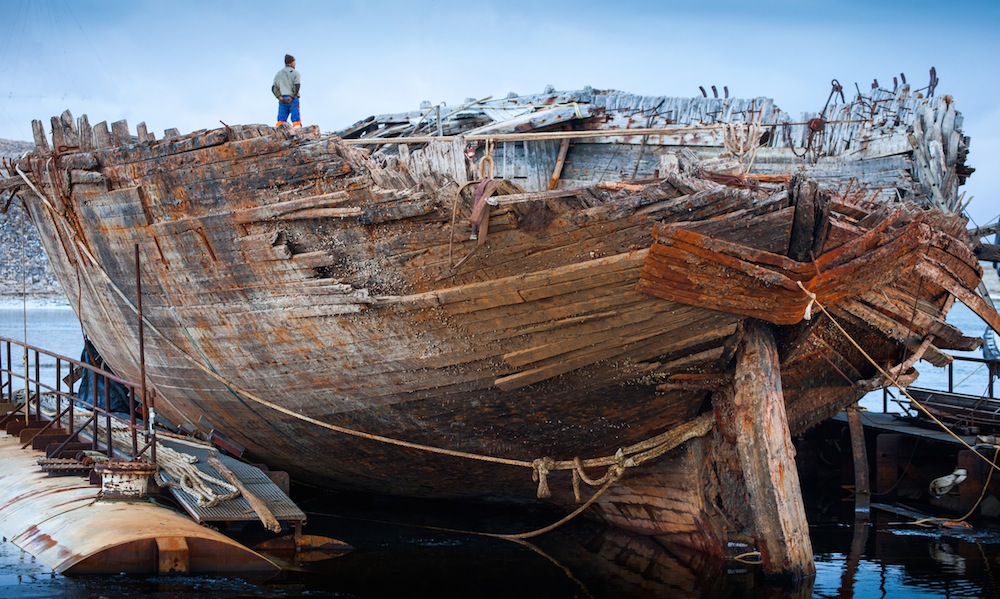
Amundsen used the ship to explore the Arctic from 1918 to 1925. His team recorded many scientific observations and successfully sailed through a Northeast passage from Norway to Alaska. The Maud, then owned by the Hudson's Bay Company, sank after it sprung a leak in 1930.
An icy wait

The massive ship will spend the upcoming winter in Canada, sitting on a barge, surrounded by ice. The salvage team has to wait until the ice clears next summer to begin moving Maud back to Norway.
Returning home
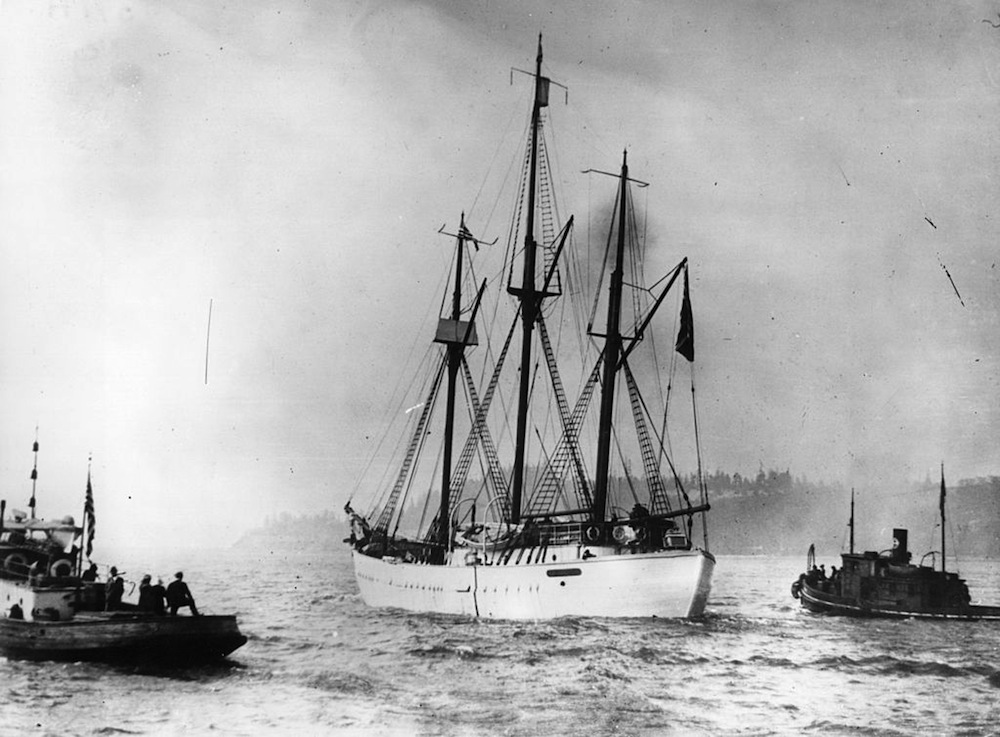
This photo, taken on Jan. 8, 1926, shows the Maud returning from the Arctic. The ship, captained by Roald Amundsen, was trapped for two years in the Arctic ice-pack with a crew of eight on board.
Splintered ship
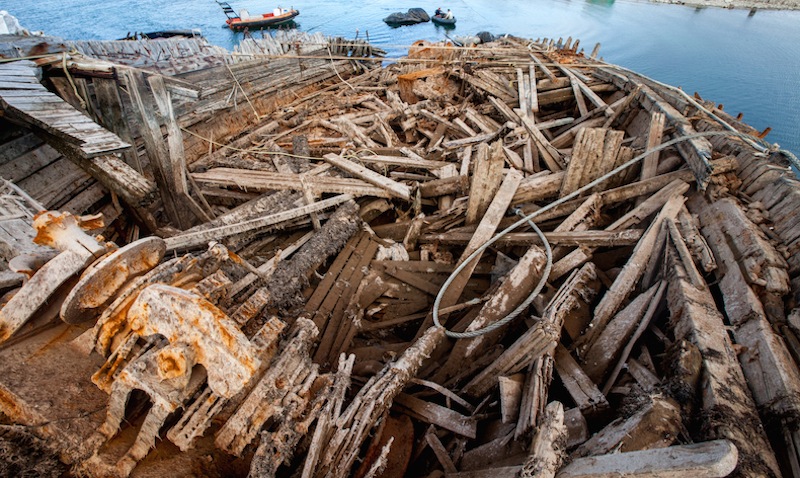
Though some of the wood had been salvaged from the ship for fuel, the Maud is in good condition and will be preserved in a custom-made museum in Vollen, Norway.
Swab the deck
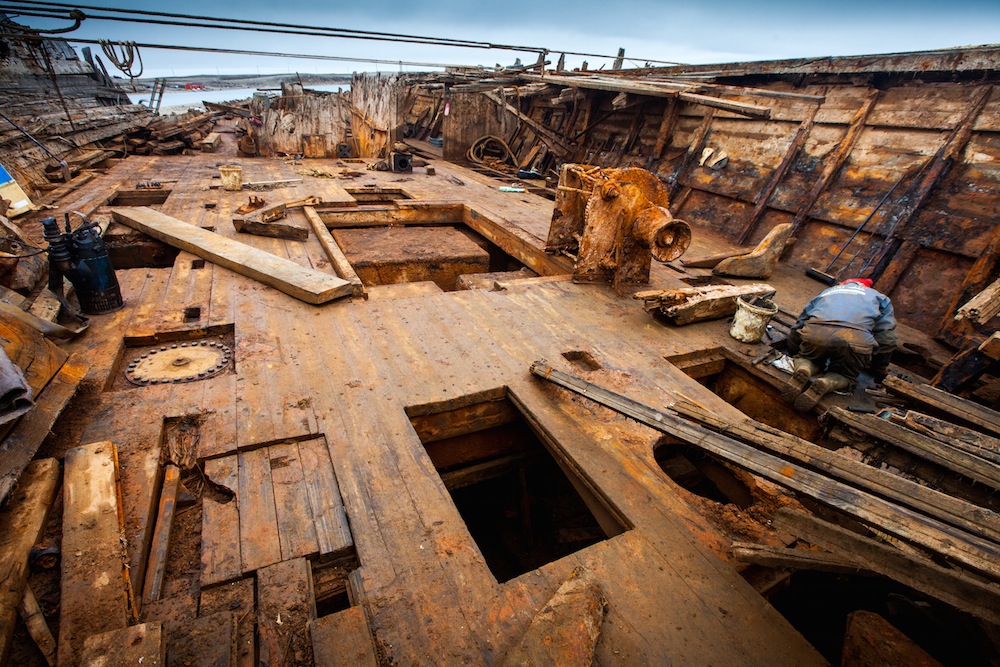
This is what the Maud looked like after loose material and lots of mud was cleared.
Get the world’s most fascinating discoveries delivered straight to your inbox.
Polar explorer
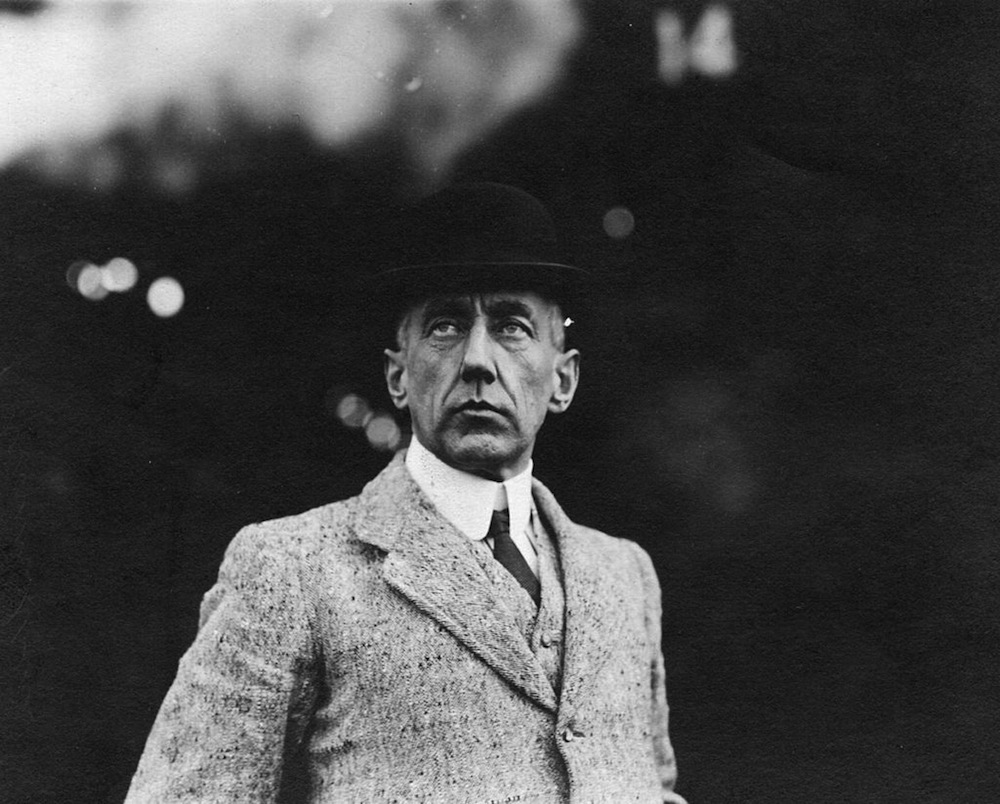
This photo, circa 1910, shows Norwegian Polar explorer Roald Amundsen.



